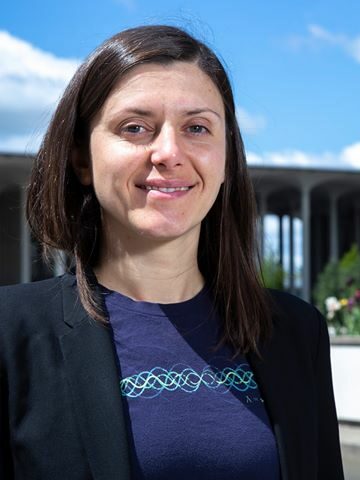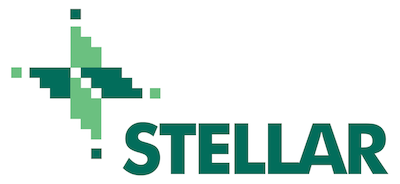
“Radio Dynamic Zones: Motivations, Challenges, and Opportunities to Catalyze Spectrum Coexistence”
Mariya Zheleva
Professor of Computer Science, University at Albany, SUNY, New York, USA
The Full Seminar Talk Available Here
Abstract:
The radio spectrum is a precious, finite and instantly renewable natural resource upon which we all depend in more ways than we realize. While our personal and professional lives thrive on mobile broadband communications, a plethora of other applications, such as weather forecasting, climate science, astronomy, space exploration, and civil/military navigation also critically depend on the radio spectrum. Although these technologies are vastly different in terms of sensitivity levels, interference tolerance, space, time, and frequency usage patterns, they increasingly converge towards the same frequency bands. We currently lack both in technological and policy frameworks to enable harmonious coexistence of such vastly different spectrum stakeholders. A corner stone towards spectrum coexistence are testbed capabilities for wide-area experimentation to empirically demonstrate what is possible and where technologies begin interfering with each other. Such experimental capabilities, however, are currently limited to individual stakeholders. In this talk, I will outline a vision for Radio Dynamic Zones as regional-scale testbeds that facilitate spectrum coexistence experimentation. I will then focus on mutual awareness as a key functional component of coexistence. I will introduce my work on automating the measurement and management of the radio spectrum for future spectrum-sharing applications. I will talk about spectrum analytics from low-cost and imperfect data and its implications on algorithm design. Finally, I will discuss the importance of spectrum coexistence to bridge the digital divide while allowing critical sciences to thrive.
